Training a dog can feel overwhelming, especially for first-time owners. The good news is that some breeds naturally excel at learning commands and adapting to family life. These intelligent canine companions make the journey from puppy to well-behaved adult much smoother and more enjoyable.
Choosing the right breed isn’t just about looks or size. It’s about finding a furry friend whose learning style matches your patience level and lifestyle. Some dogs seem to read your mind, while others need a bit more encouragement to master basic commands.
Why some breeds learn faster than others
Certain dogs possess natural traits that make training sessions feel like a breeze. These breeds typically show exceptional intelligence combined with an eager-to-please attitude. Their calm temperament and strong desire to bond with humans create the perfect learning environment.
Working breeds often top the list of easiest dogs to train. Originally bred for specific jobs like herding sheep or assisting hunters, these canines developed problem-solving skills over generations. Their breeding history created dogs that naturally respond well to human guidance and thrive on mental stimulation.
The Golden Retriever exemplifies this perfect training combination. These gentle giants live 12-14 years and weigh between 55-75 pounds. Their sociable nature makes them excellent family pets, while their intelligence shines in roles as guide dogs and therapy animals. Daily exercise keeps these active companions happy and focused during training sessions.
Similarly, the Labrador Retriever brings unmatched enthusiasm to learning new skills. Weighing 55-80 pounds with a 10-12 year lifespan, Labs combine friendliness with remarkable work ethic. Their water-resistant coat and sturdy build reflect their hunting heritage, while their patient demeanor makes them ideal for families with children.
Top breeds for effortless training success
The Border Collie stands out as perhaps the most trainable breed available. These medium-sized dogs (30-55 pounds) live 12-15 years and possess incredible energy levels. Originally sheep herders, they excel at complex commands and dog sports. However, their intelligence requires consistent mental challenges to prevent destructive behaviors.
For those preferring smaller companions, the Papillon offers big personality in a tiny package. Weighing just 5-10 pounds, these elegant dogs live 14-16 years and adapt beautifully to apartment living. Their butterfly-like ears and silky coat require regular grooming, but their eager learning attitude makes training sessions delightful.
The Australian Shepherd brings versatility to any household. These 40-65 pound dogs live 12-15 years and showcase stunning merle coat patterns. Their herding instincts make them naturally obedient, though they need substantial exercise to channel their energy constructively.
Here are key characteristics that make these breeds exceptional students:
- Strong desire to please their human family
- High intelligence and problem-solving abilities
- Calm temperament during learning sessions
- Natural responsiveness to verbal and physical cues
- Consistent energy levels throughout training
The German Shepherd combines loyalty with remarkable learning capacity. These 50-90 pound dogs live 9-13 years and serve successfully in police and military roles. Their protective nature requires early socialization, but proper training creates incredibly devoted family guardians.
Making training work for any dog owner
Even the most trainable breeds need consistent, positive reinforcement to reach their potential. Success depends more on your approach than the specific breed you choose. Short, frequent sessions work better than marathon training attempts that exhaust both you and your dog.
The Shetland Sheepdog demonstrates how smaller herding breeds can be just as responsive as their larger cousins. Weighing 15-25 pounds with a 12-14 year lifespan, these fluffy companions combine the Collie’s intelligence with apartment-friendly size requirements.
Remember that every dog, regardless of breed, benefits from patient, consistent training methods. Starting early with puppy classes sets the foundation for lifelong good behavior and strengthens the bond between you and your four-legged friend.
Pro tip: Always end training sessions on a positive note with a command your dog already knows well. This builds confidence and keeps them eager for the next lesson!

 5 days ago
16
5 days ago
16
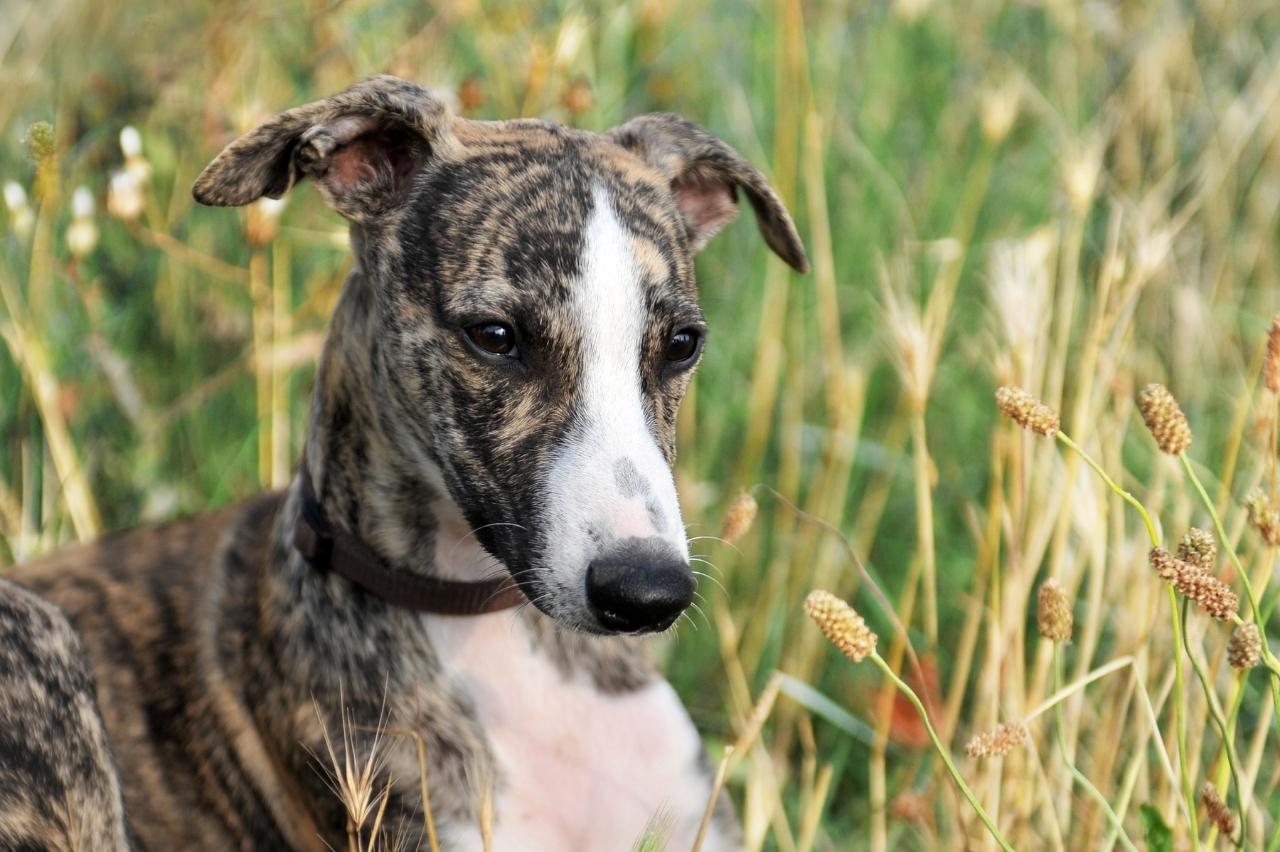







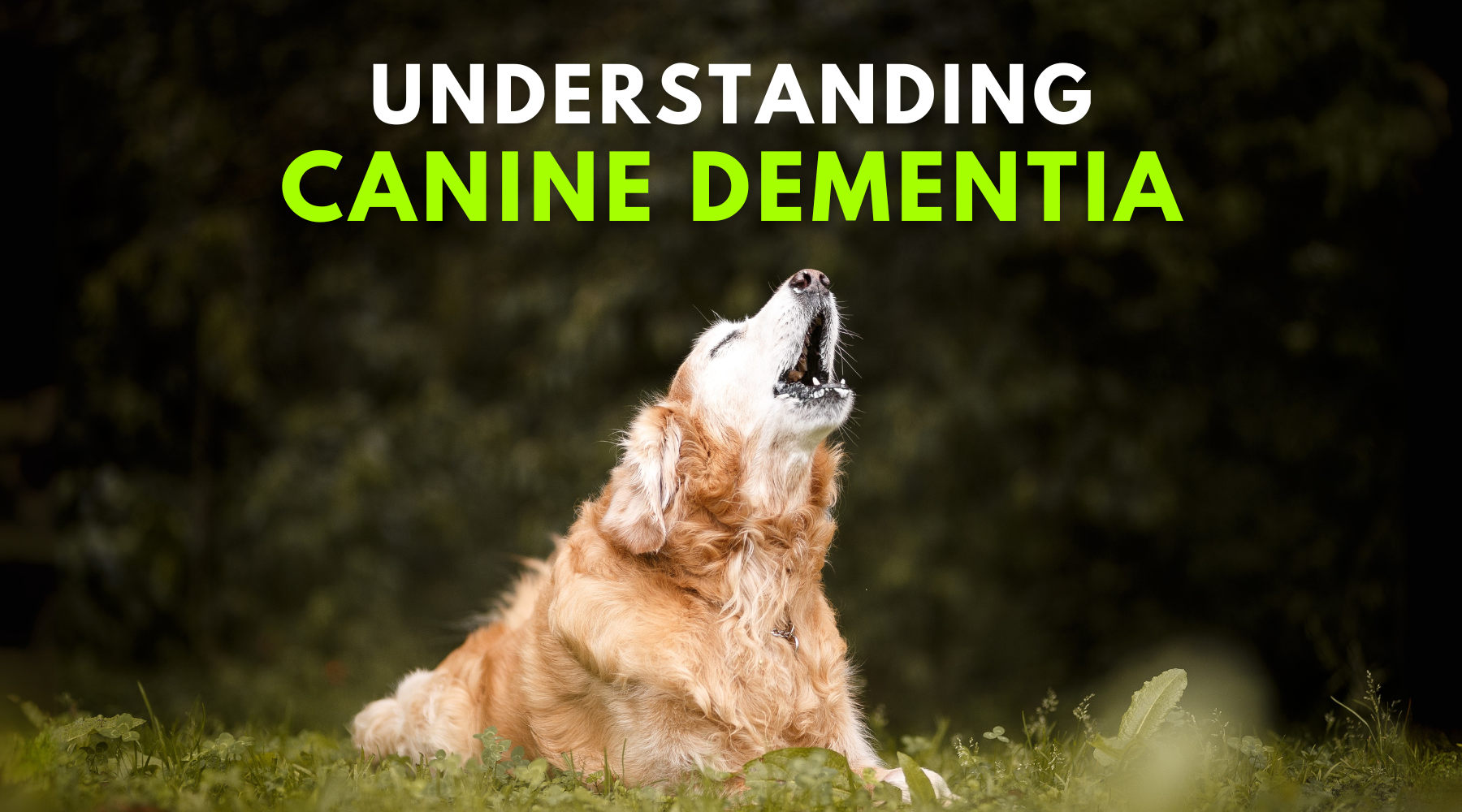

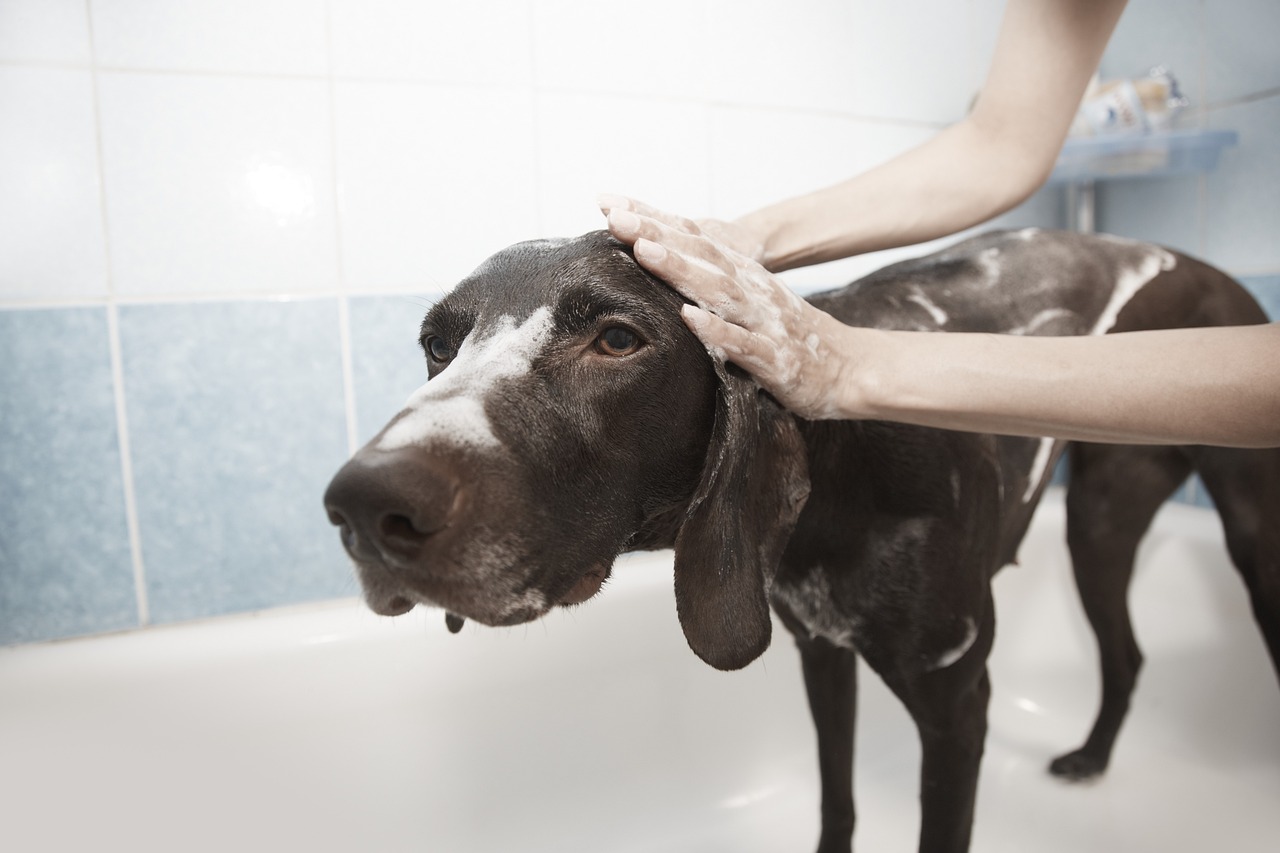
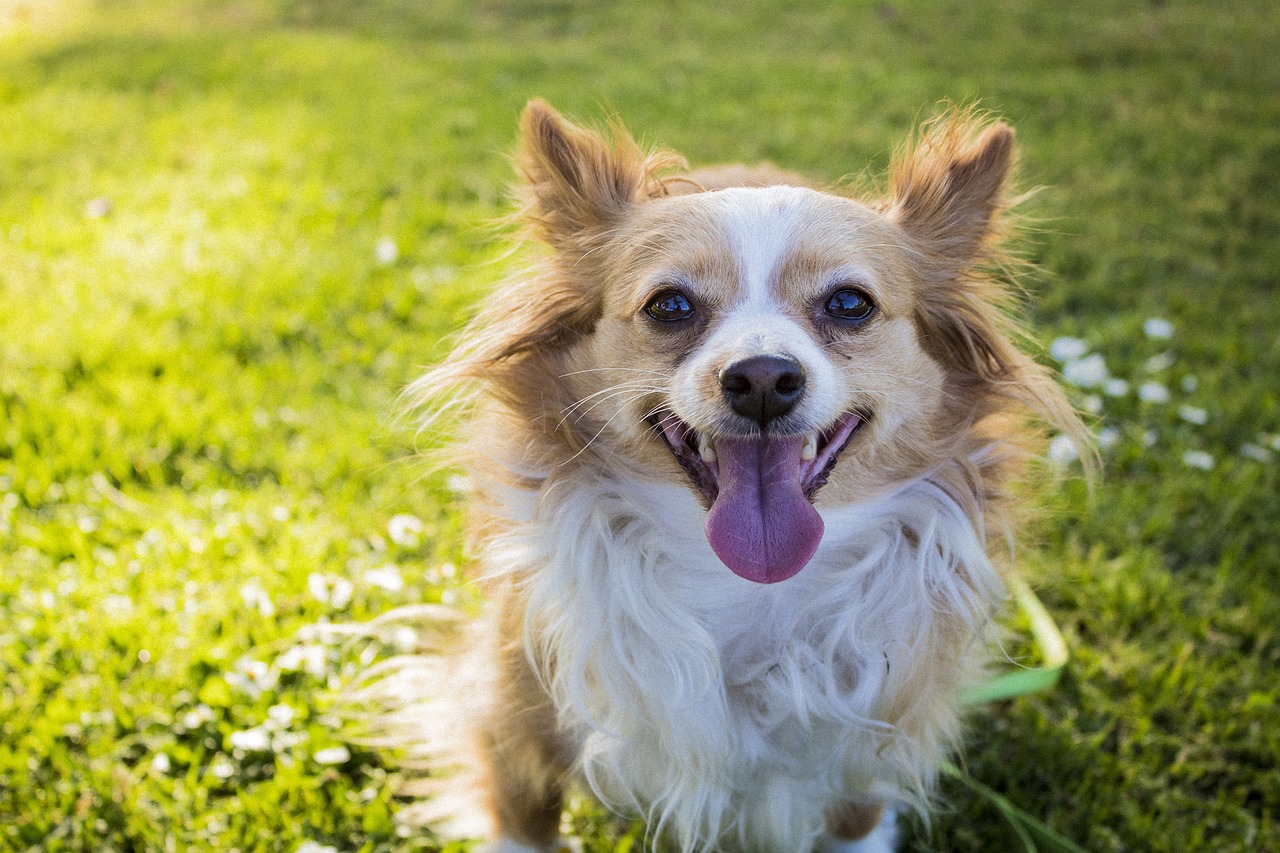



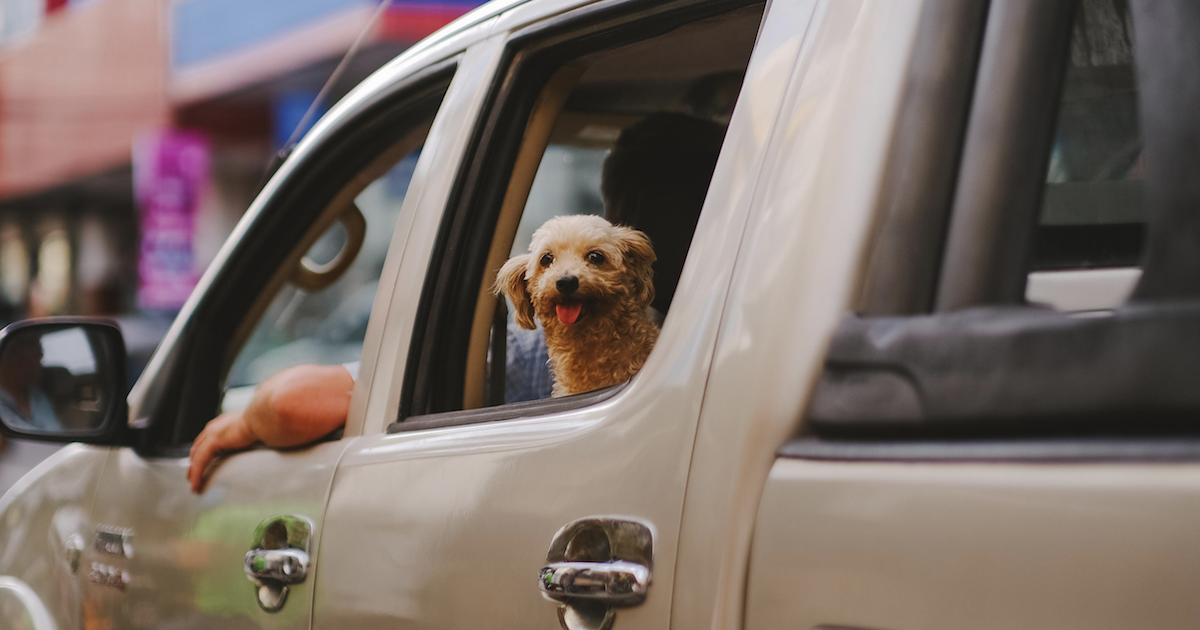


 English (US) ·
English (US) ·